1. Preserving Food
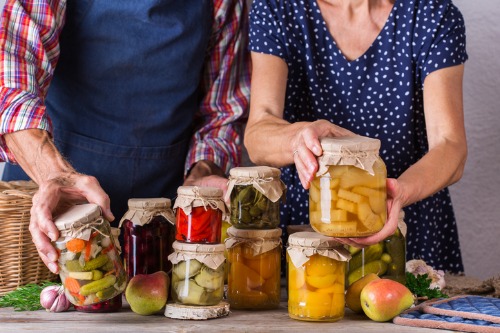
Canning, pickling, and fermenting were once essential survival skills. They extended harvests through winter and reduced dependence on store-bought goods. These methods also enhance flavor and gut health, which science now understands far better than our ancestors did. Industrial food systems made them seem unnecessary—but that’s changing fast.
Reviving preservation reconnects you with the cycles of nature and the origins of your meals. It’s empowering to line a shelf with food you made yourself. Beyond sustainability, it’s also culinary creativity at its finest. From sauerkraut to jam, preserved foods bring both comfort and pride.
2. Keeping a Larder or Pantry Room
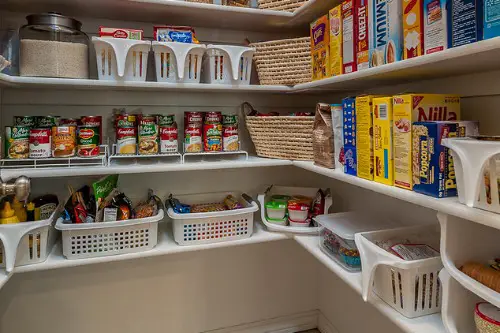
In the early 20th century, most homes had dedicated larders to store food coolly before refrigeration. These spaces were designed for airflow and insulation, keeping staples like flour, preserves, and root vegetables fresh for months. The design encouraged bulk buying and long-term food planning, minimizing waste. With food waste now a global issue, this idea feels newly relevant.
Modern homes often lack this storage space, pushing us toward frequent shopping and prepackaged goods. A revival of the larder could support sustainable habits like canning, fermenting, and buying in season. It’s a way to reduce plastic waste and cut down on energy-hungry refrigeration. Plus, who doesn’t love a beautiful pantry stocked with homemade jams and local produce?
3. Mending Clothes
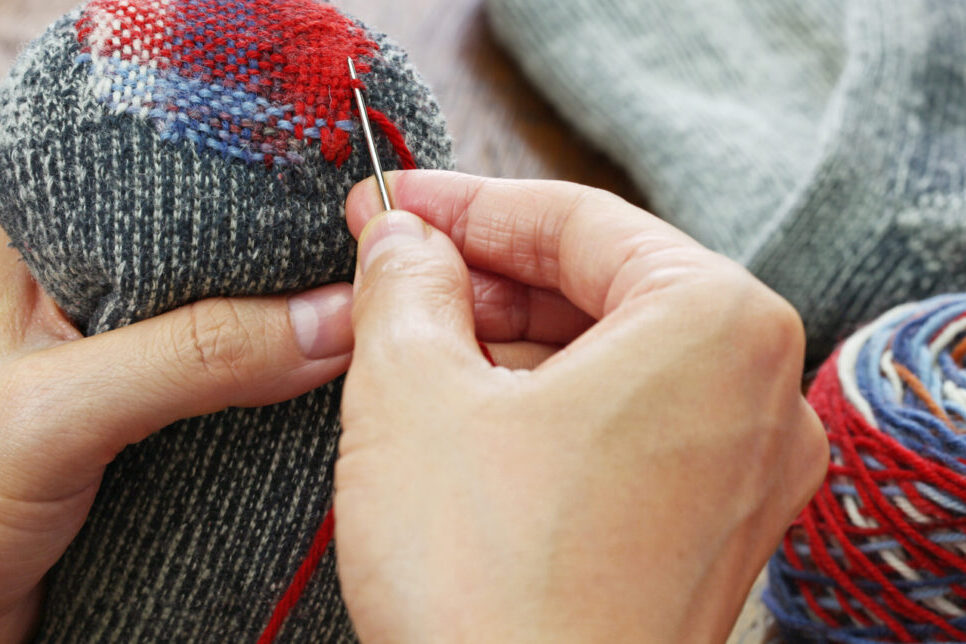
Sewing used to be a basic life skill, and people regularly patched, darned, or altered garments. The rise of fast fashion made clothes so cheap and disposable that mending seemed unnecessary. Yet textile waste is now one of the fastest-growing environmental problems worldwide. Repairing clothes even once can extend their lifespan by years and save resources.
Mending also builds a sense of connection to your possessions. You start seeing clothes not as disposable trends but as items worth care and creativity. Visible mending—where repairs become decorative—has become a small but powerful countercultural movement. Relearning this habit could help modern wardrobes feel more intentional and personal.
4. Baking Bread at Home

Once a daily ritual, home breadmaking disappeared with the convenience of supermarkets. But the pandemic briefly revived it—and reminded people why it was so satisfying. Fresh bread has no preservatives, tastes better, and fills the home with an unbeatable aroma. It’s also surprisingly economical compared to artisan loaves.
The process of kneading and proofing is grounding in a way few digital hobbies can match. You measure, wait, and watch something alive take shape. Baking bread teaches patience, mindfulness, and self-sufficiency. Bringing it back regularly could turn breakfast into a small act of craftsmanship.
5. Writing Letters

Before texts and DMs, people communicated feelings, news, and gratitude through handwritten letters. It took time and thought to compose one, and that made every letter feel personal and sincere. Psychologists say handwriting can enhance emotional expression and memory. Plus, getting real mail feels special in a world of screens.
Reintroducing letter writing could strengthen personal connections that digital messages flatten. It encourages intentional communication rather than reactive scrolling. It’s also a gentle way to slow down and reflect. A few handwritten notes each month could do wonders for relationships—and mental well-being.
6. Family Meals Without Screens
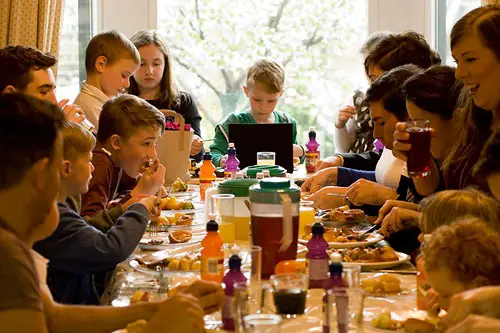
Families once gathered around a table nightly, talking about their days and sharing food. Today, meals often happen in front of TVs or phones, breaking down that daily ritual of connection. Studies consistently link shared meals to better nutrition, stronger family bonds, and even improved academic outcomes for kids. The loss of this habit has left many feeling more disconnected.
Reviving it doesn’t mean fancy dinners every night—just phones away and conversation encouraged. It’s about carving out genuine face-to-face time in a world that’s constantly multitasking. Even 20 minutes of shared eating can reset stress levels and foster gratitude. A simple table meal might be the best modern mental health tool we already have.
7. Seasonal Cleaning Cycles

“Spring cleaning” wasn’t just a phrase—it came from a time when homes needed deep maintenance after long winters. These cycles provided structure, ensuring houses stayed healthy and organized before the next season began. Today’s constant busyness leaves many homes in a low-level cluttered state. Yet research shows physical clutter can heighten stress and mental fatigue.
Seasonal cleaning creates a psychological reset as much as a physical one. It reestablishes rhythms in a world where every day feels the same. Doing it intentionally—with music, open windows, and some teamwork—can even feel therapeutic. Reclaiming this tradition could help modern households breathe again, literally and emotionally.
8. Keeping a Home Garden
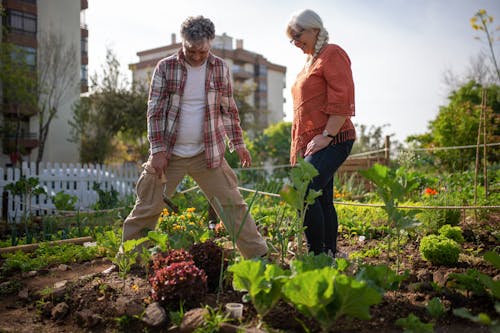
For centuries, families grew at least a small portion of their food. The practice declined with urbanization and industrial farming, but gardening has proven health and environmental benefits. It improves air quality, boosts mental health, and encourages healthier diets. Even a few herbs on a windowsill can reconnect people to where food actually comes from.
Incorporating this habit today doesn’t require acres of land—just creativity. Container gardens, vertical planters, and community plots are all modern twists on an old idea. Gardening reduces stress and fosters patience, something digital life rarely does. It’s a low-tech way to feel productive and connected to the earth again.
9. Making Stock from Scraps

Before bouillon cubes and store-bought broth, families routinely simmered bones and vegetable ends into stock. It was economical, flavorful, and reduced food waste. Homemade stock contains nutrients like collagen and minerals that store-bought versions often lack. It’s a simple form of kitchen alchemy that turns “waste” into nourishment.
Reviving this habit would drastically reduce the amount of food we throw away. It encourages mindful cooking and creative meal planning. Plus, the smell of a simmering pot is one of life’s quiet comforts. A stockpot on the stove feels like the heartbeat of a home.
10. Airing Out Bedding
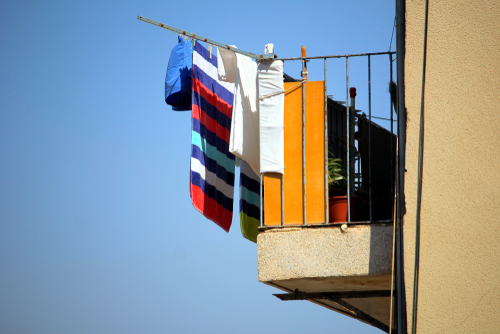
In the past, households regularly aired mattresses, sheets, and quilts outdoors. This wasn’t superstition—it helped kill dust mites, bacteria, and mold naturally through sunlight and airflow. Modern HVAC systems and synthetic fabrics made this less common, but those systems can actually trap indoor allergens. Regularly airing bedding can improve sleep quality and reduce respiratory issues.
It’s also a refreshing ritual that marks the transition between night and day. The simple act of shaking out sheets and hanging them in sunlight connects you to your space. There’s something symbolic about it—literally clearing the air. It’s one of those small domestic habits that makes a house feel alive.
11. Keeping a Household Notebook

Households once maintained ledgers tracking expenses, repairs, recipes, and notes. This practice made family management transparent and organized. With digital tools, most people rely on apps—but they often scatter information across platforms. A simple notebook could unify it all and reduce digital overwhelm.
Writing things down by hand also strengthens memory and decision-making. You see patterns in your spending, routines, or priorities that algorithms can’t highlight. A household notebook becomes a living document of how you actually live. It’s the analog dashboard your home didn’t know it needed.
12. Hanging Laundry Outside
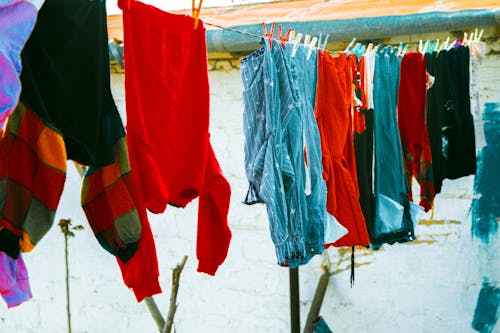
Before dryers took over, most households dried clothes on lines in the yard or on balconies. This wasn’t just quaint—it saved energy, preserved fabric quality, and left clothes smelling naturally fresh thanks to UV exposure. Sunlight also acts as a natural disinfectant, which helps kill bacteria and reduce musty odors. Bringing back this practice could cut household energy bills and lower carbon footprints.
There’s also something meditative about the process. Hanging clothes forces you to slow down and notice small details—the weather, the breeze, the texture of fabric. In a world that prizes efficiency over presence, this simple act reconnects you to your environment. Plus, it’s a free upper-body workout that beats folding warm laundry in a rush.
13. Walking to Local Shops
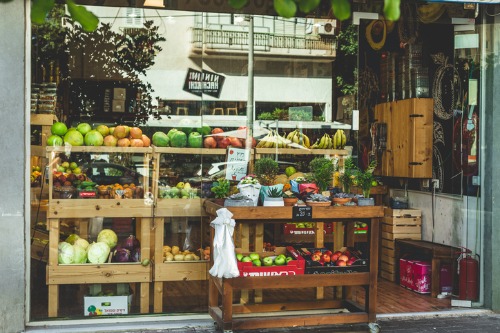
Before cars dominated, shopping was a social and physical activity done on foot. People knew their grocers, butchers, and neighbors by name. Walking built community ties and provided daily exercise without needing a gym. The rise of online shopping has replaced that with convenience but isolation.
Reembracing local walking trips could address multiple modern problems at once—physical inactivity, loneliness, and overconsumption. Local shops often carry fresher, less processed goods and keep money in the community. Even one weekly walk to a nearby market can shift your perspective. It reminds you that errands can be human experiences, not just tasks.
14. Rotating Chores by Schedule

Many older households followed strict routines—laundry Mondays, baking Fridays, cleaning Saturdays. While rigid, these patterns created rhythm and shared accountability. Today’s flexible lifestyles often lead to procrastination and overwhelm. A bit of structured domestic routine can actually reduce mental load.
By assigning chores to days, you remove daily decision fatigue. It’s a sustainable system that keeps homes running smoothly without constant planning. You can modernize it—laundry Tuesdays, digital decluttering Thursdays. A household rhythm makes domestic life feel less chaotic and more intentional.
15. Hosting Neighbors Casually

Hospitality used to be simple: drop by for tea, share leftovers, chat on the porch. Now, socializing often requires elaborate planning or happens online. But casual neighborly interaction builds trust, safety, and belonging—things modern communities sorely lack. Studies show neighborhoods with higher social cohesion even experience lower crime rates.
You don’t need a perfect house to host. Just an open door and a bit of warmth. Casual visits remind us that community doesn’t have to be curated or performative. Bringing back that old-fashioned neighborly habit could make modern life feel a lot less lonely.
This post 15 Lost Domestic Habits That Modern Life Would Actually Improve With was first published on Greenhouse Black.
